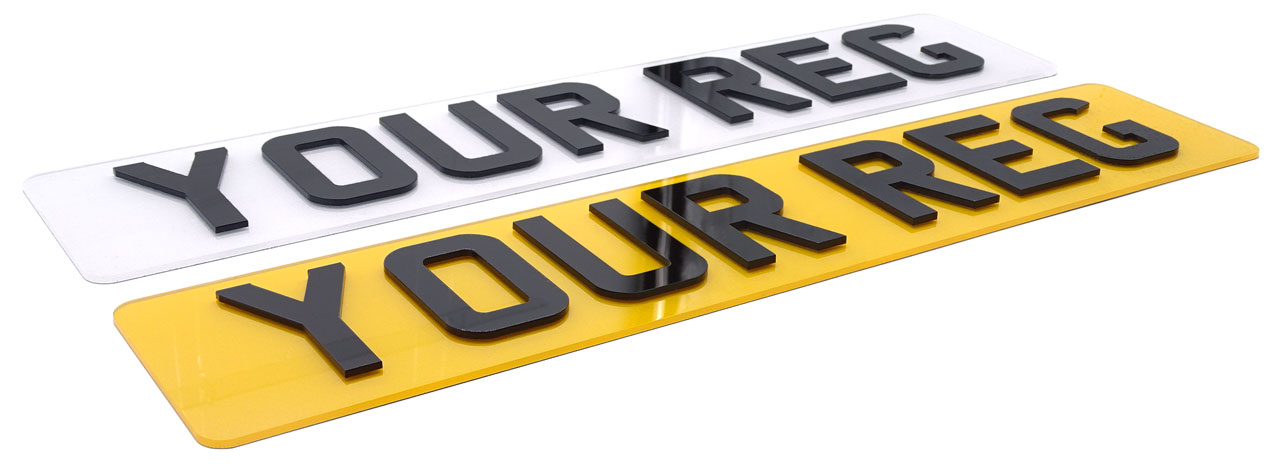
In this article, I detail some of the important regulations we must conform to in our industry. I also do some testing with an ANPR system using 3 variations of a 4D number plate: 4D (3 mm), 4D (5 mm), and 4D (10 mm). But are 4D number plates road legal, and are they ANPR-friendly? Read on for more.
4D number plates are road legal, but there are some exceptions. They meet the criteria in the British standard, but some variations of 4D characters cannot be read by ANPR systems. 3 mm characters are the best for readability, but 5 mm characters are also generally safe. However, any thicker, and you run the risk that certain camera systems will misread your plates.
Introduction
The so-called ‘4D’ number plates are the current trend in the number plate industry. They’re a flashy variation of a number plate with raised, three-dimensional characters. They are usually made of acrylic or aluminium, and are attached to the surface of the plate, not printed on. They might look nice on your Mark 8 VW Golf R, but are they actually road legal?
In short, the answer is yes, 4D number plates are road legal and comply with the regulations. But don’t just take my word for it, GOV UK has a page on displaying number plates where it says number plates can “have 3D (raised) characters”.
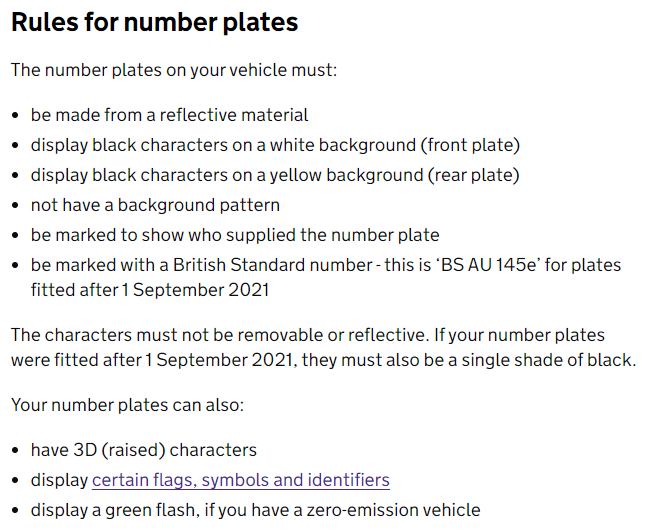
In spite of the above, there are circumstances where a 4D number plate might not be road legal. Number plates in the UK & Northern Ireland are regulated by The Road Vehicles (Display of Registration Marks) Regulations 2001. For such a simple component, the list of regulations and rules is long, and very strict. A company that registered to supply number plates must make plates that comply with the British standard.
Black characters
In 2018, Specification for retroreflecting number plates (BS AU 145e:2018), the newest British standard, was published. It’s a 32-page technical document that details everything from markings to visible light retro-reflection, resistance to solvents, and other factors. However, the guidelines on characters are rather short. Section 5.2.2 only specifies “The complete surface of each registration character shall be one shade of black”. As a matter of fact, there’s almost nothing else of significance written about the characters within the specification.
So, that’s it then. They just need to be black? Pretty much, yes! They also can’t be reflective or removable. They must satisfy the size requirements of 50 mm x 79 mm for all letters, except ‘1’ and ‘I’, and have a stroke width of 14 mm.
While the British standard lays out the technical specifications for number plates, it’s still possible for a number plate to be able to meet all these requirements and not be road legal.
Character thickness & readability
You may have noticed during your search for 4D number plates that a choice of character thickness is sometimes offered. Our number plate builder, for instance, offers a choice of two thicknesses: 3 mm and 5 mm. We don’t go any thicker than this, and for a good reason.
Notably, regulations tell us it is illegal to make a registration mark difficult to read by eye or “any other device”, which would obviously include cameras. So, could very thick characters be in breach of this regulation? Specifically, the excerpt below could be interpreted this way.
A registration plate must not be treated in any other way which renders the characters
Schedule 11 (2) The Road Vehicles (Display of Registration Marks) Regulations 2001
of the registration mark less easily distinguishable to the eye or which would prevent or impair
the making of a true photographic image of the plate through the medium of camera and film
or any other device.
ANPR cameras
A fairly obvious problem is that very thick characters are harder for ANPR cameras to read, especially when on a steep or severe angle. Moreover, it seems reasonable to assume that very thick characters will obscure each other on steep or severe angles, and therefore make the reflective background between them disappear. When any given character is obscured by the one preceding it, an ANPR camera system would have a more difficult time recognising the edges of that character.
For the most part, this idea is an easy one to test. Firstly, I need a camera. Any camera will do, such as the one in my phone. Secondly, I need a number plate with some very thick 4D characters, and finally, I need an ANPR system to actually process the images.
Types of camera
At this point, I feel it’s worth noting that not all cameras are created equal, and not all ANPR systems use special cameras. Many are just regular cameras with algorithms analysing the images. Some cameras work in the infrared part of the spectrum because they need to work at night, but that’s not a requirement here. Also, not all cameras are going to be positioned equally either. While some are overhead, others are down lower at plate level, and some are placed at extreme angles to the vehicle. There are plenty of ANPR cameras in the UK that read your plates from an angle of ~ 45°, such as those used in car park systems.
To illustrate my point of characters being difficult for ANPR systems to read, the photo below is of a plate I made with characters that are really, really thick. I combined 2 lots of 5 mm 4D characters and bonded them together using some 3M adhesive (468MP 200MP if you’re interested). The plate is a standard UK oblong (white), at an angle that might be encountered in the wild, for instance a car park ANPR system.
A possible car park camera angle
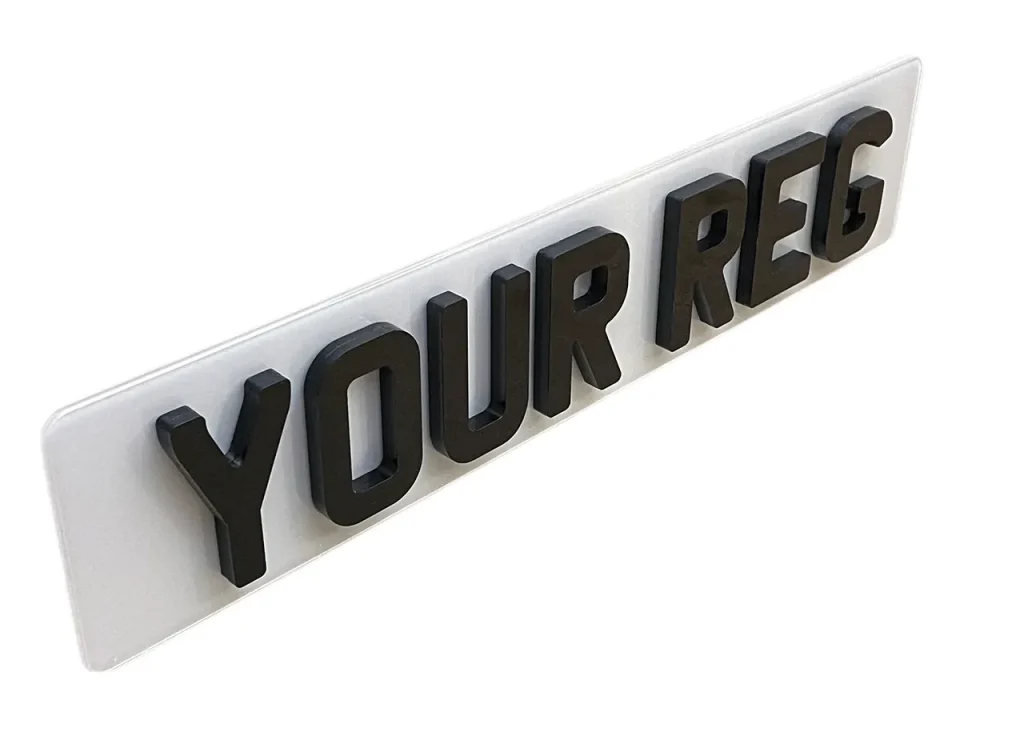
The characters are so thick they can lose their definition at certain angles, with the edges of some letters overlapping the edges of others. To a computer system, the last 3 letters “REG” could be seen as a continuous shape and not 3 separate characters. So, let’s see what an ANPR system thinks of my creation.
ANPR results
For anyone with an interest in the topic, the system I am using is Plate Recognizer.
I was only able to get a result by changing the background colour of the photo, but it isn’t a very encouraging one. Unfortunately, with a confidence level of only 72.5%, the system read the registration marks incorrectly.
Y0URDEG – that’s a zero, not an ‘O’
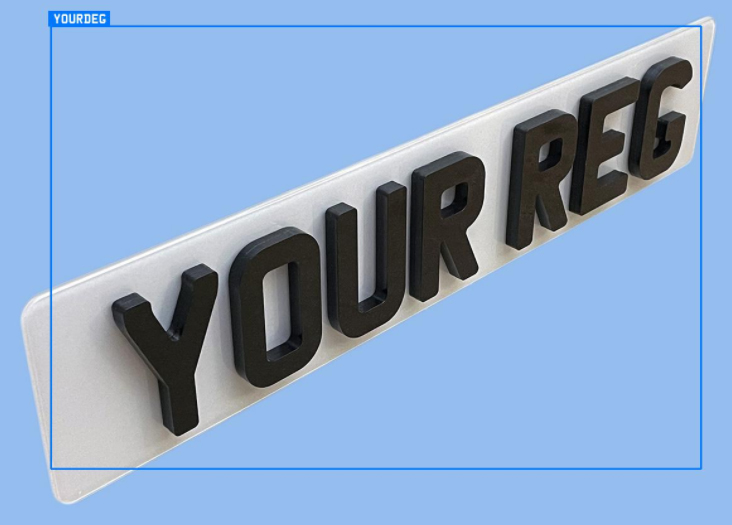
The system came up with 10 possible results:
| Possible Result | Confidence Level (%) |
|---|---|
| Y0URDEG | 72.50% |
| YOURDEG | 72.30% |
| Y0UR0EG | 71.70% |
| YOUR0EG | 71.60% |
| V0URDEG | 66.00% |
| VOURDEG | 65.80% |
| V0UR0EG | 65.20% |
| VOUR0EG | 65.10% |
| Y0UBDEG | 64.90% |
| YOUBDEG | 64.80% |
Some of these results come close, but they’re all wrong. The system can’t seem to read the 2nd ‘R’, mistaking it for either ‘D’, ‘O’, or zero.
My plate clearly failed the test, but I can’t help feel this is a completely unfair test. Firstly, no number plate in the real world is going to be isolated on a white background sitting at a perfect 45 degree angle. Secondly, ANPR systems also do more than just look for a plate, they also look for a vehicle to try to locate the plate algorithmically.
A real test
So, in the name of fairness, I have conducted a second, real world experiment using a real plate on a car, outside in the daytime. My new “fair” test meets the following basic requirements:
- It’s in daylight — to give the ANPR system a fair chance of reading the registration marks correctly, the photos should be taken in bright daylight conditions. A night-time test would be nice, but requires the use of an infrared camera.
- Use a real registration number — the current format for registration numbers is 2 letters, 2 numbers, a space, and 3 random letters. I have created a plate with a made up, but current format registration number.
- Be positioned fairly—the camera should be fairly positioned to represent actual ANPR camera locations. Continuing with the car park example, I will attempt to re-create several possible positions.
The (real) results are in
- I created a standard printed plate as a control, and three 4D plates in 3 mm, 5 mm, and 10 mm thicknesses.
- Then I defined 3 distinct and possible camera locations:
- 2-feet in front of the vehicle, 2-feet to the side
- 5-feet in front of the vehicle, 2-feet to the side
- 10-feet in front of the vehicle, 2-feet to the side
- Finally, I made up a current format registration number: WY68 GKP
The plates are going on my own car, a blue Mini Cooper.
Printed control test
✅ Correctly read (position 1)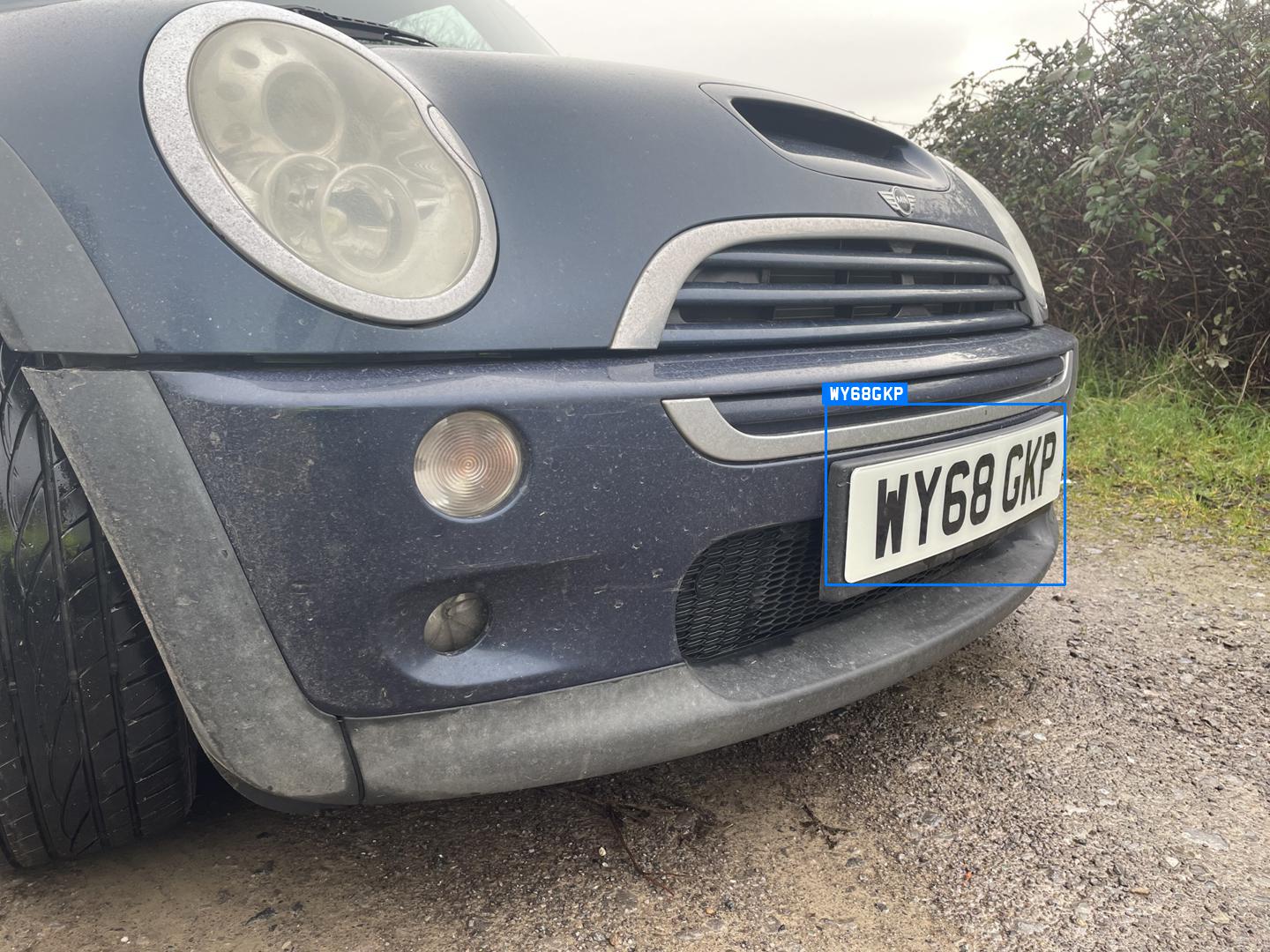 |
✅ Correctly read (position 2)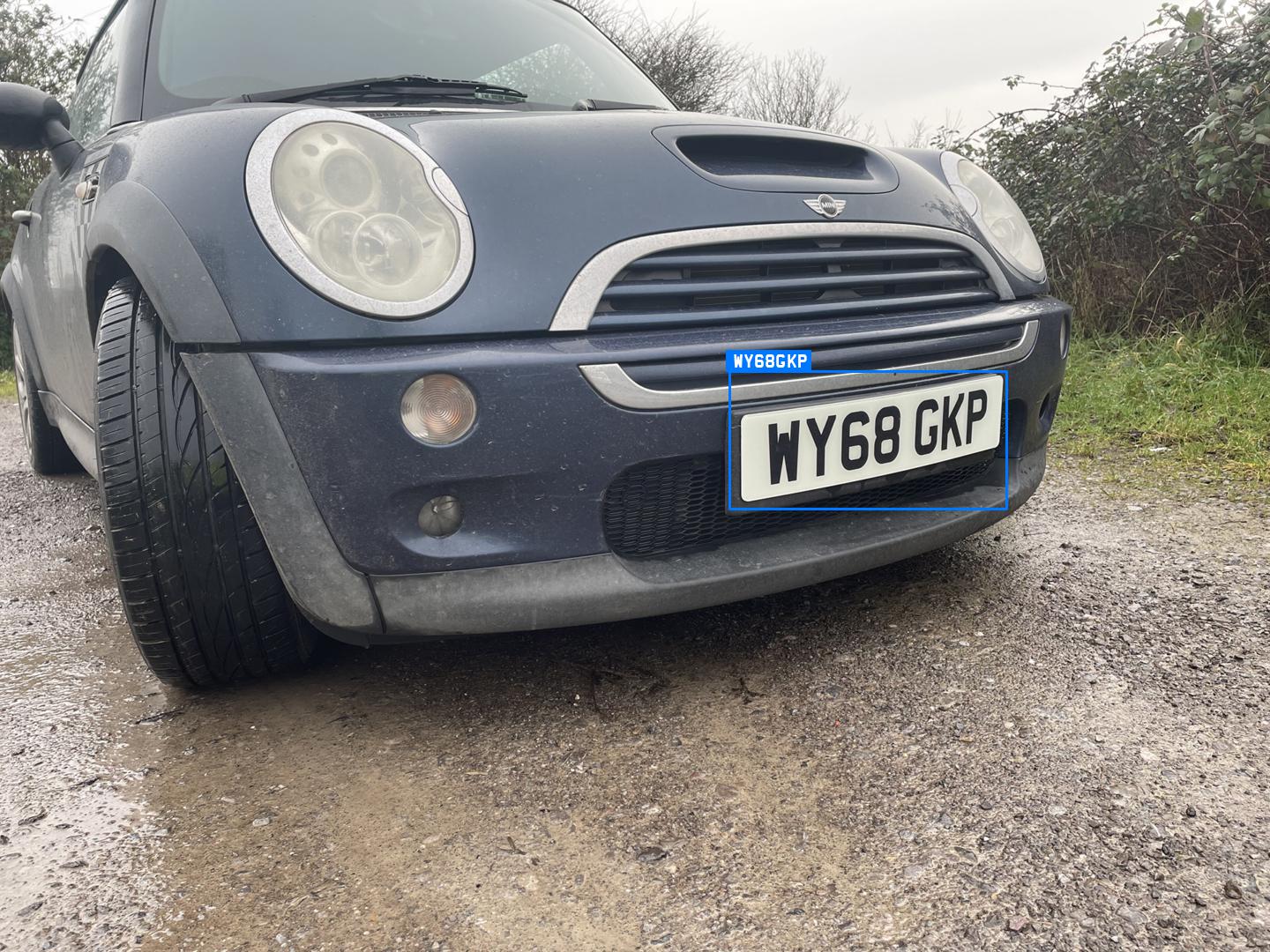 |
✅ Correctly read (position 3)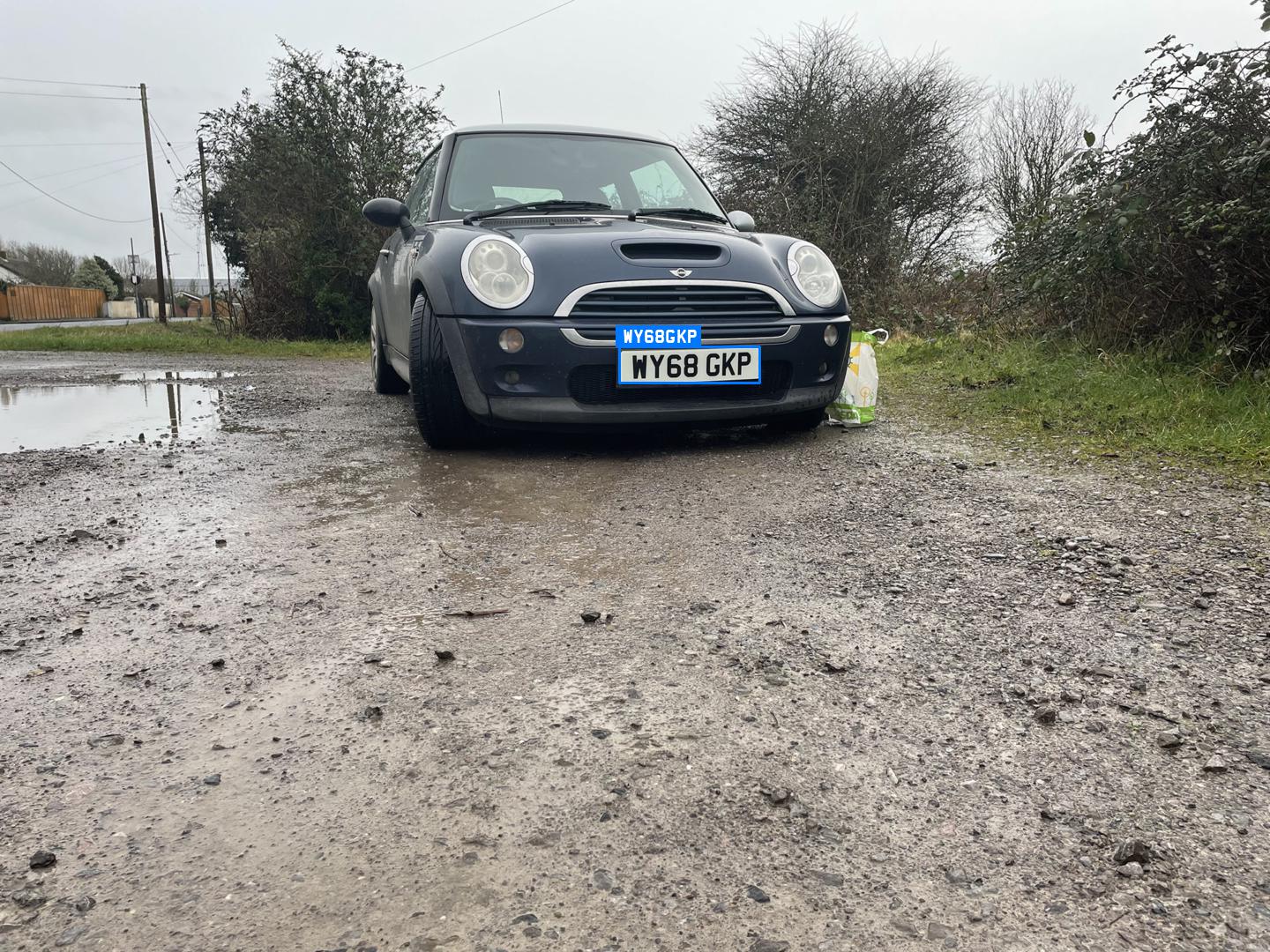 |
Spot on! The printed plate reads without any errors on each position tested. That’s a good start, now let’s see how 4D (3 mm) fares.
4D (3 mm) results
✅ Correctly read (position 1)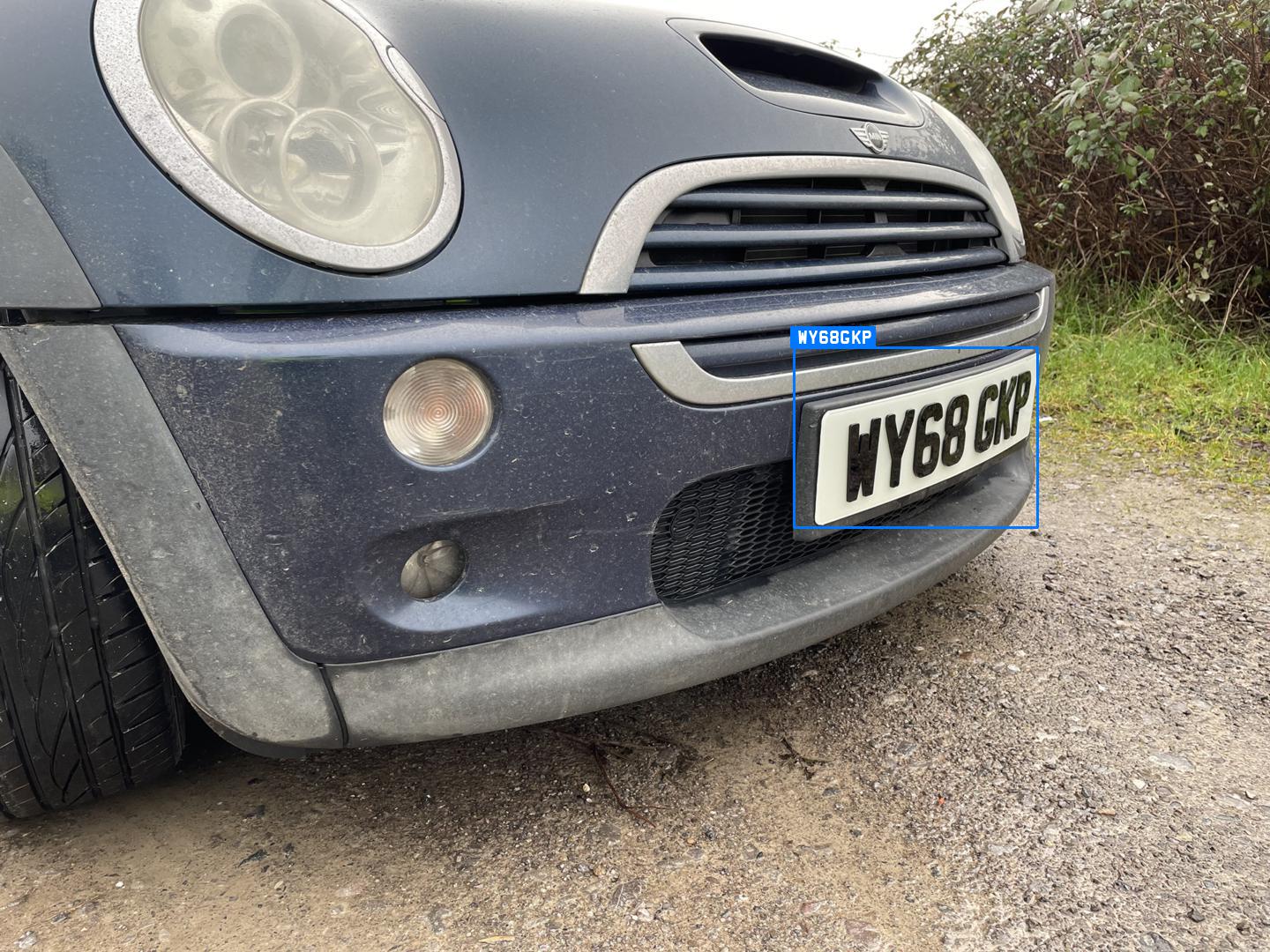 |
✅ Correctly read (position 2)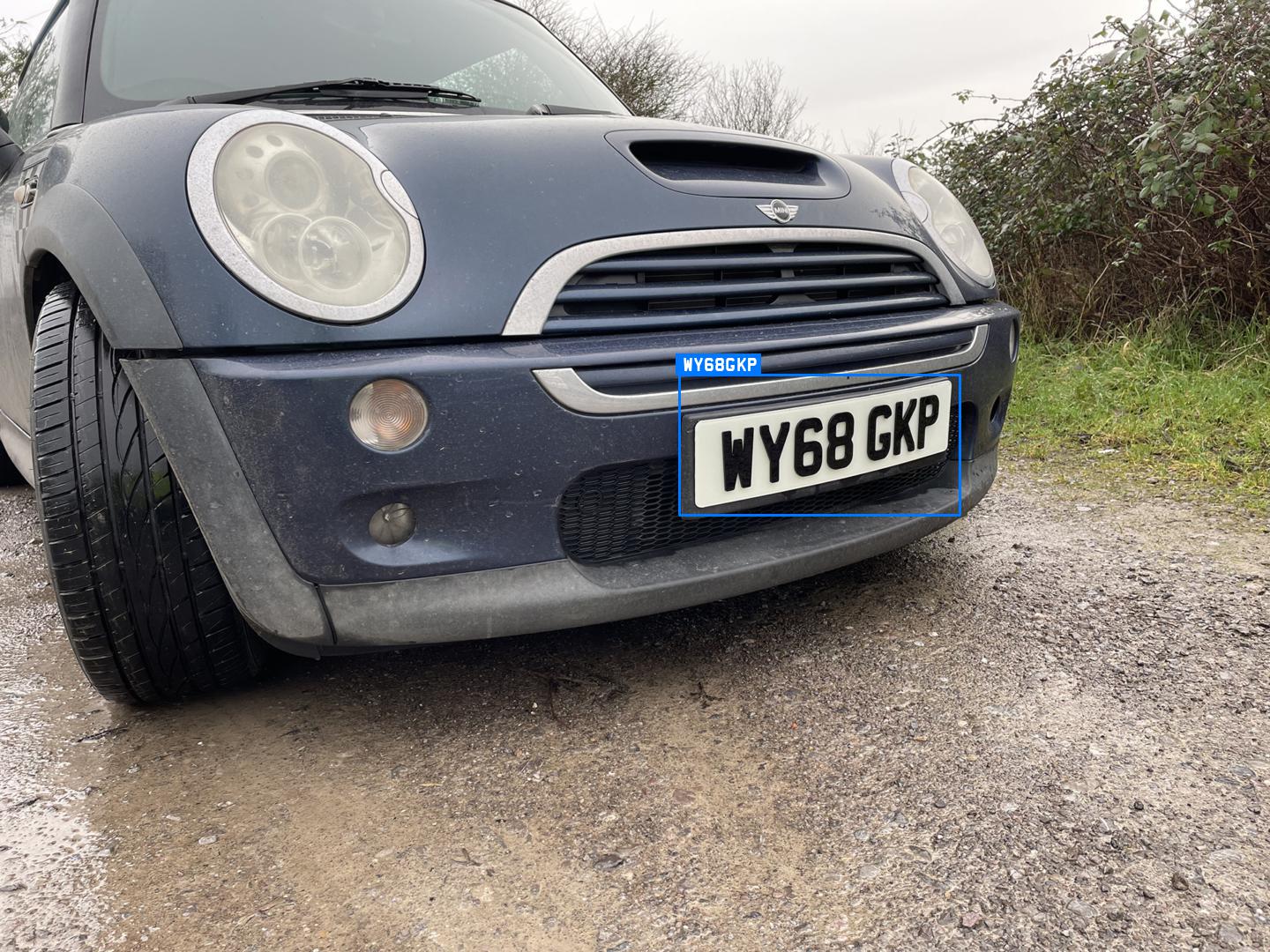 |
✅ Correctly read (position 3)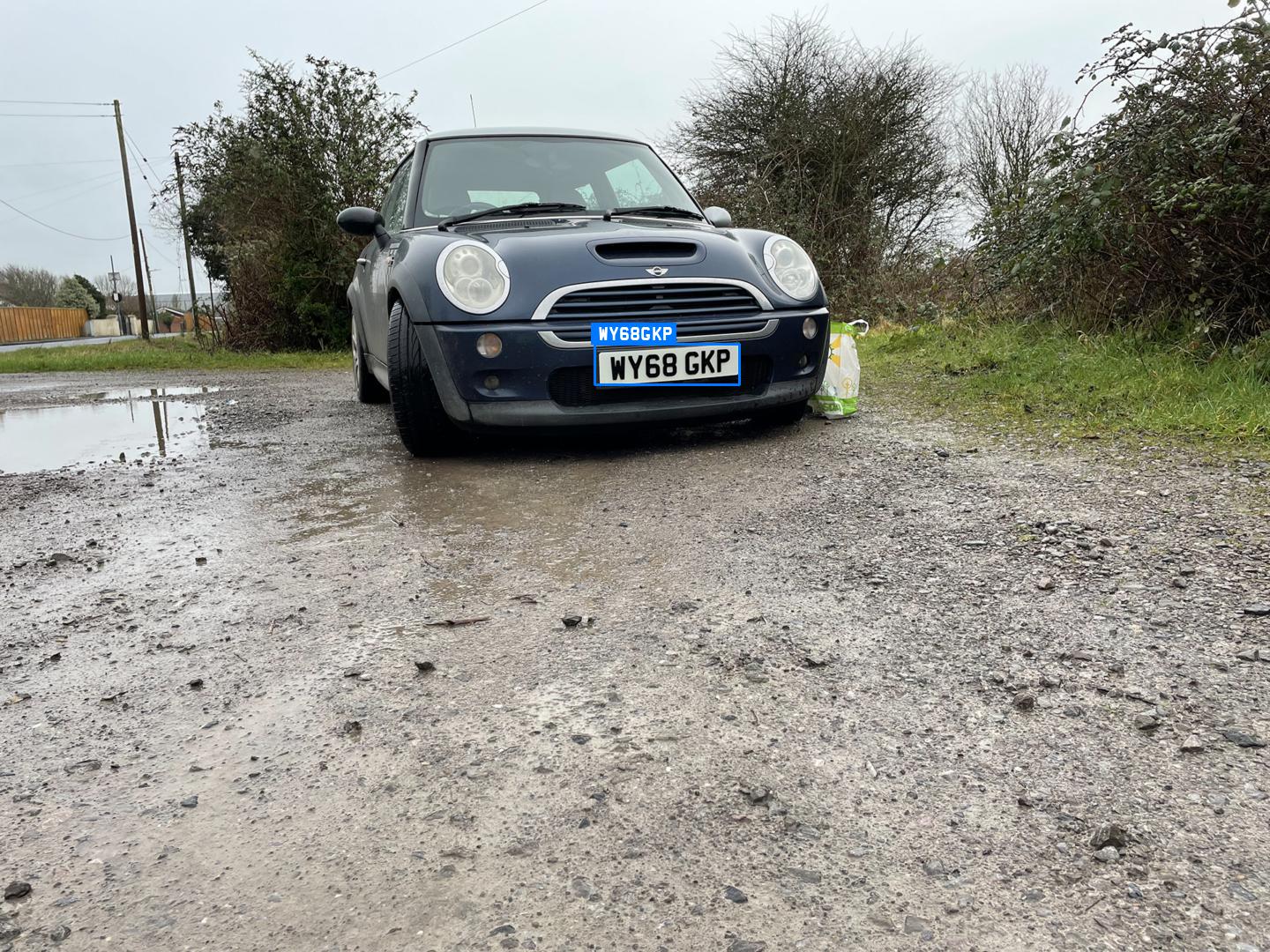 |
Great! Another round of perfect results. 4D (3 mm) seems to be easily readable (at least using this ANPR system). How about the 4D (5 mm)?
4D (5 mm) results
❌ Misread (position 1)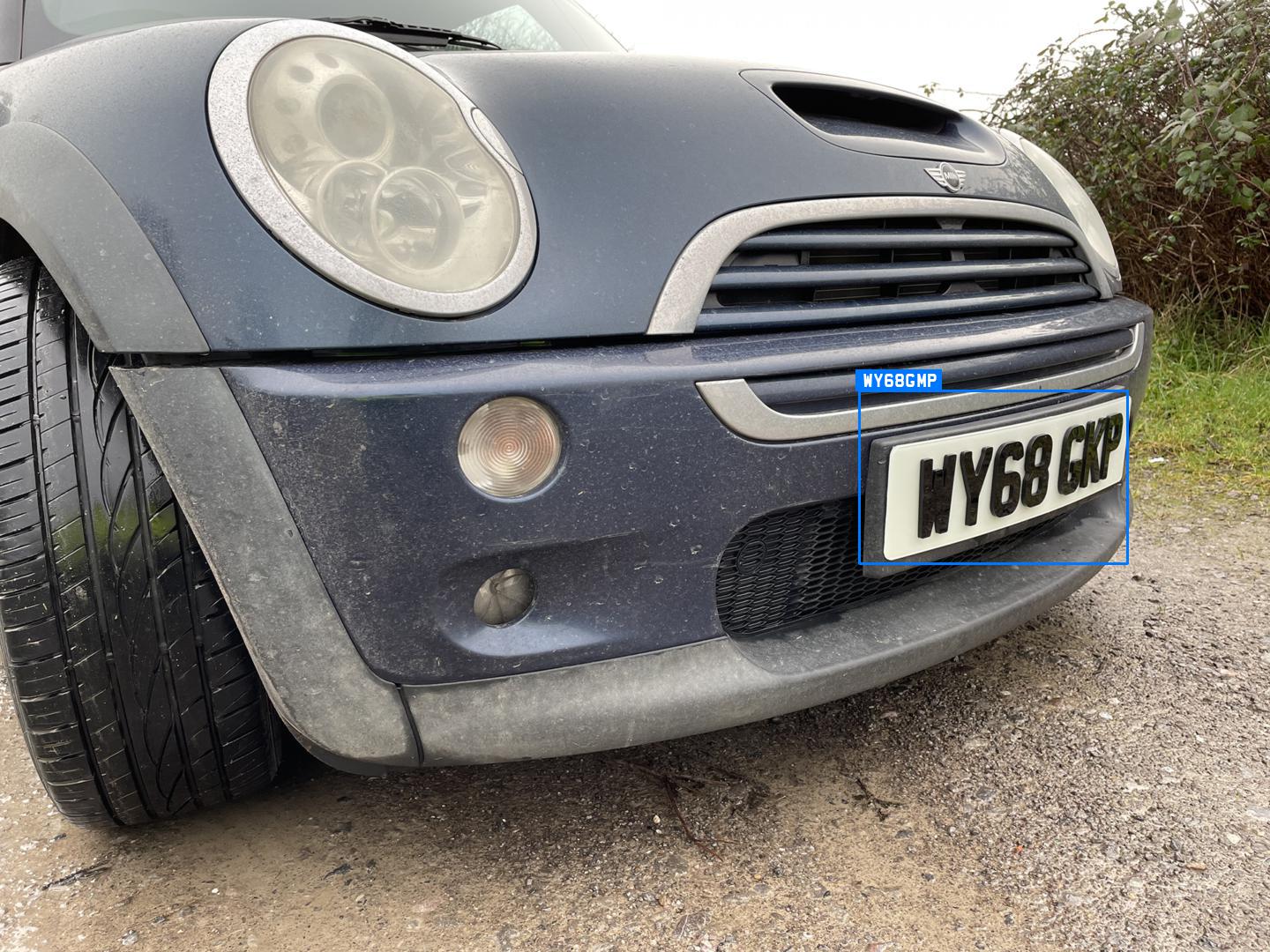 |
✅ Correctly read (position 2)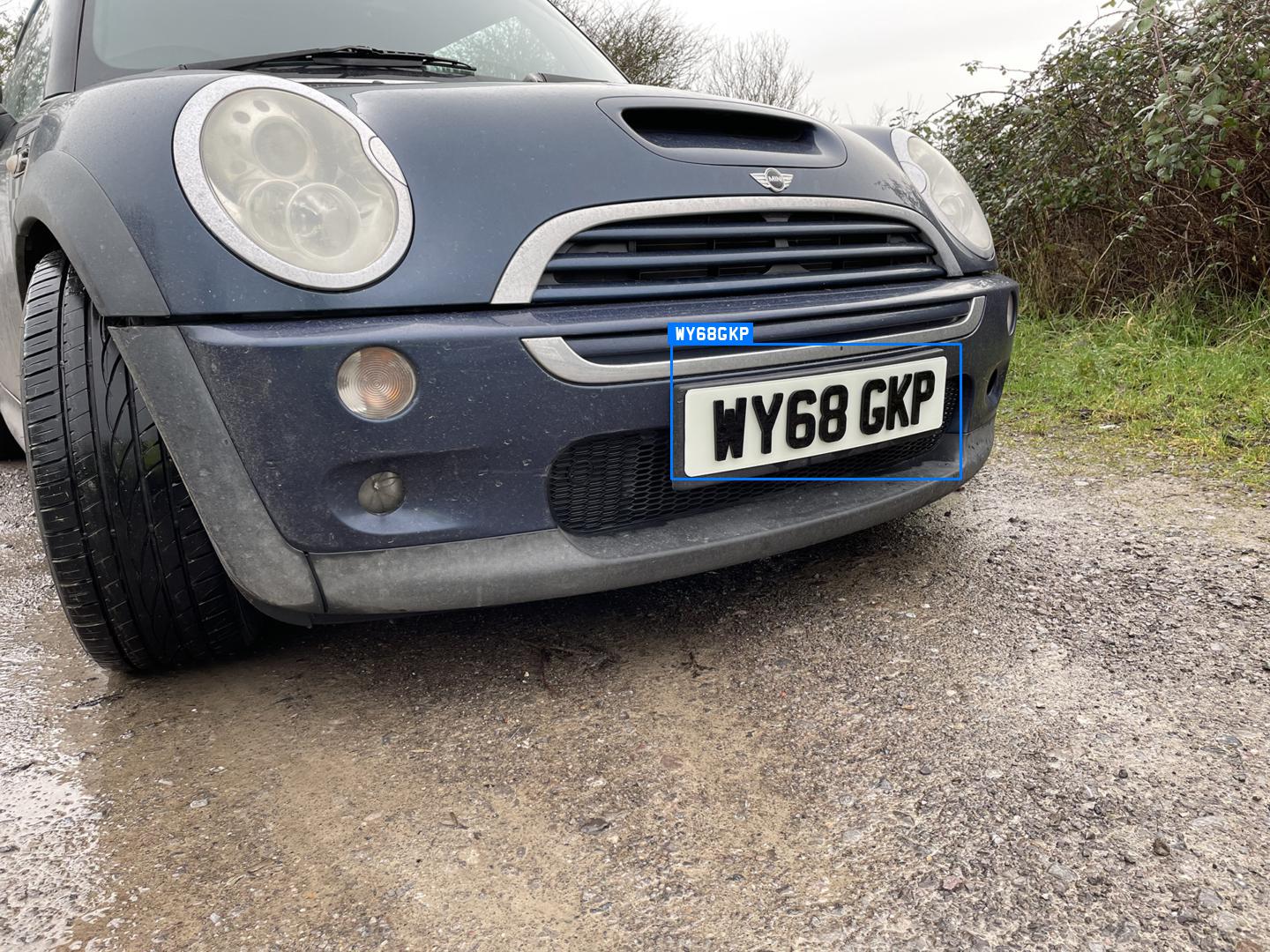 |
✅ Correctly read (position 3)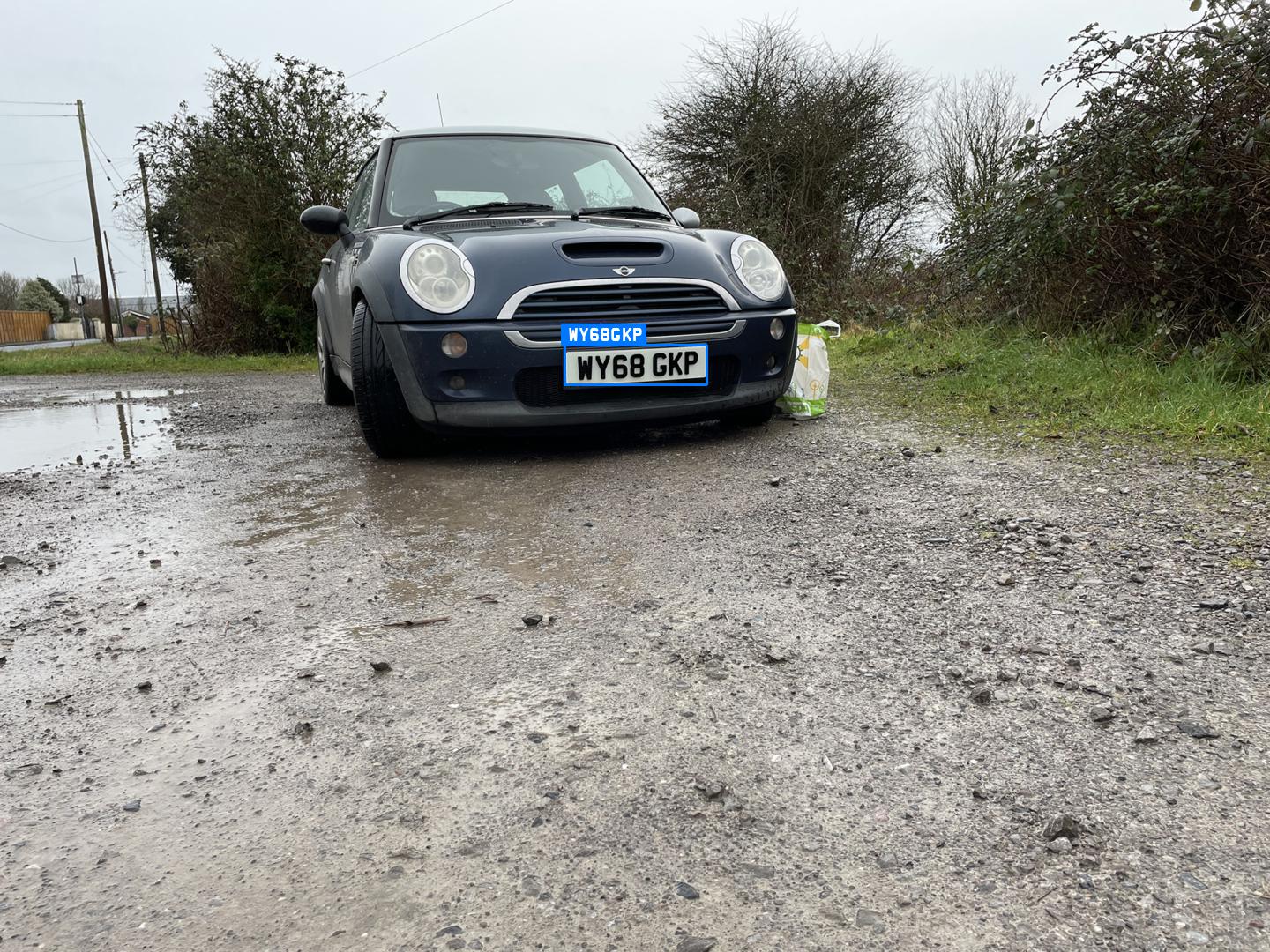 |
Oh no! The close up at position 1 didn’t work. The registration reads as ‘WY68 GMP”, a single character error. This position is quite a close up shot and may not be a definitive real world example, but some car park systems have cameras that are close to the vehicles due to limited space. Perhaps 4D (5 mm) characters are a grey area?
How about those extra-extra-thick 10 mm plates? Did they even register?
4D (10 mm) results
❌ No registration plate found (position 1)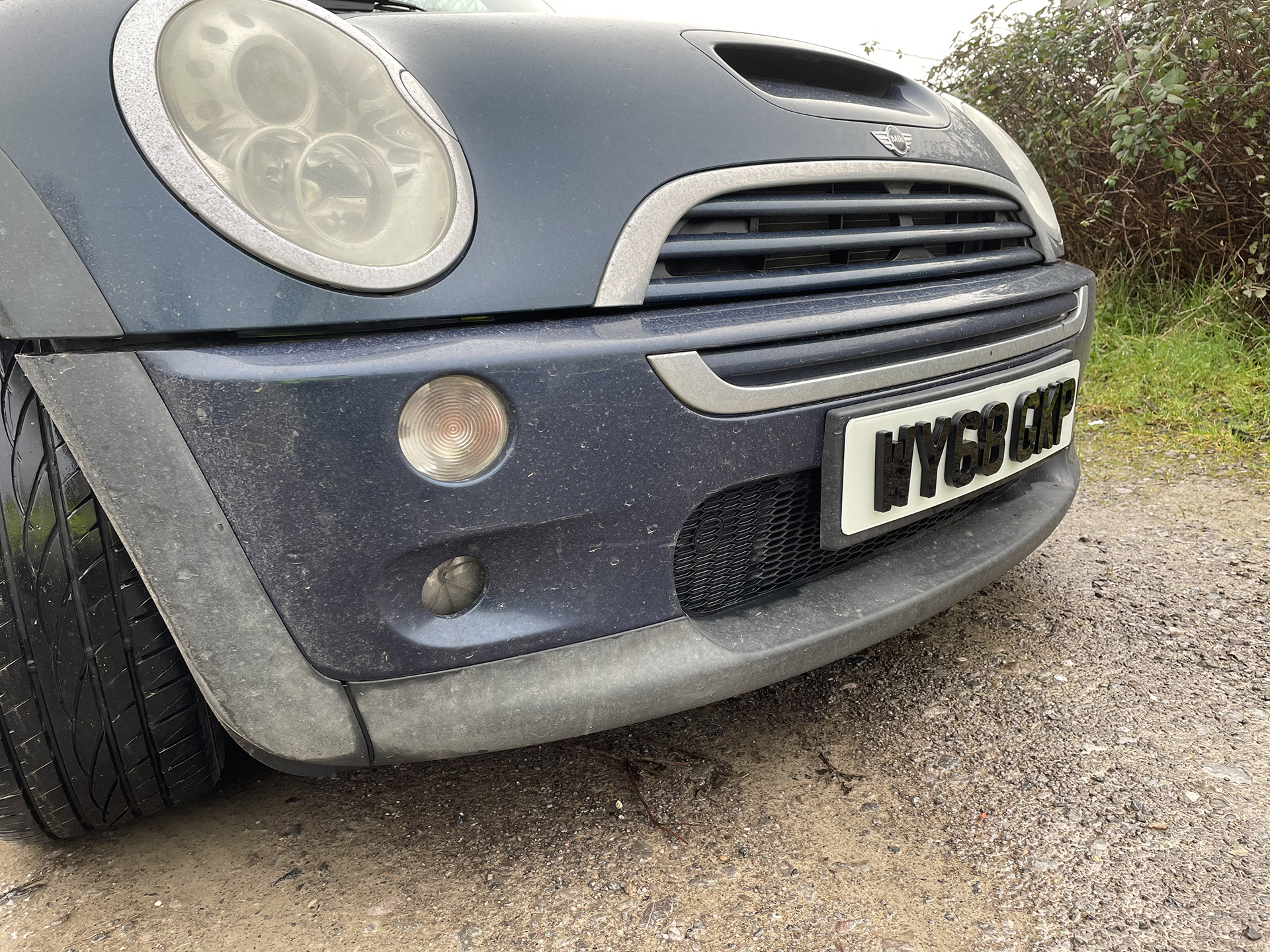 |
✅ Correctly read (position 2)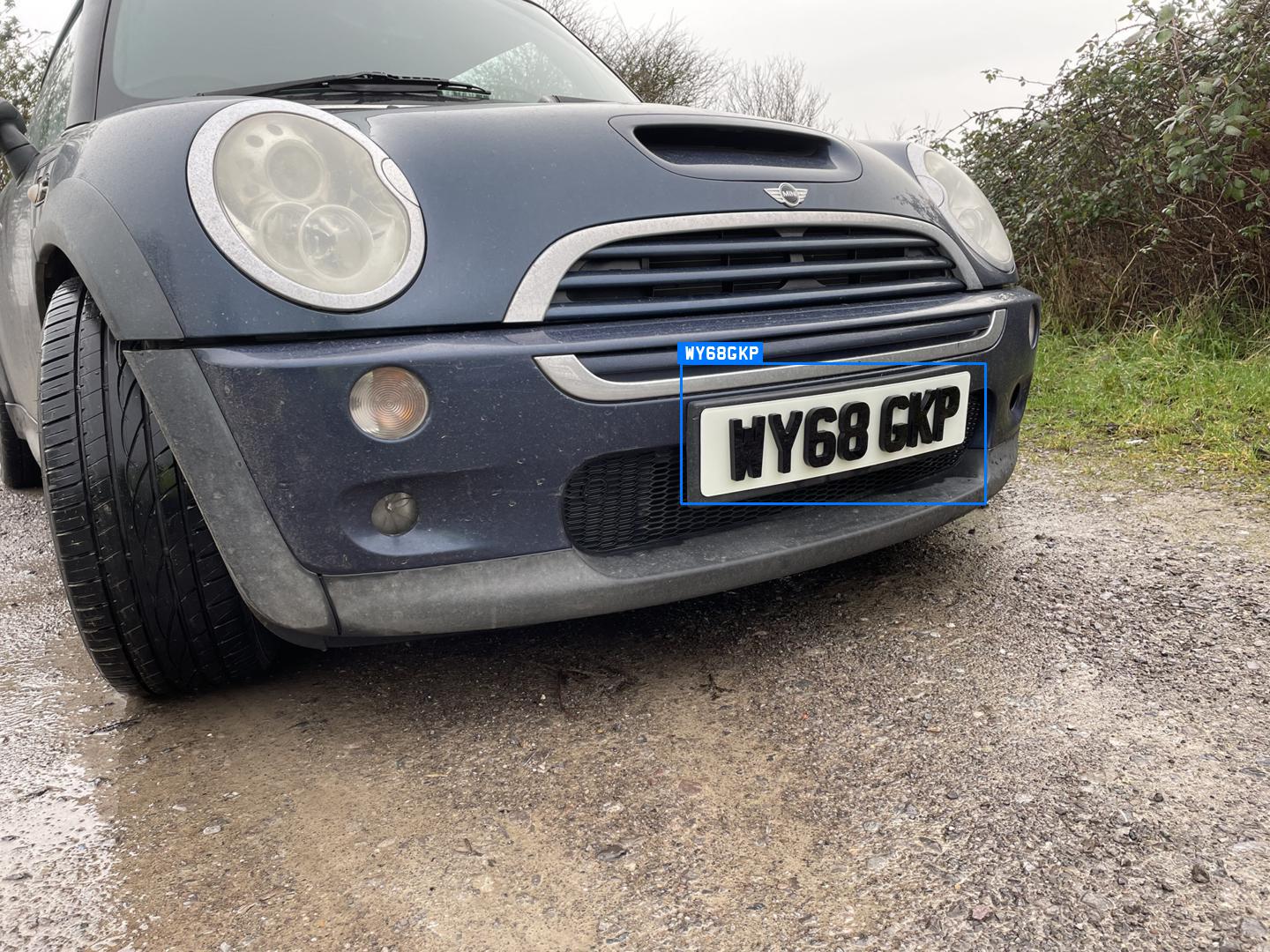 |
✅ Correctly read (position 3)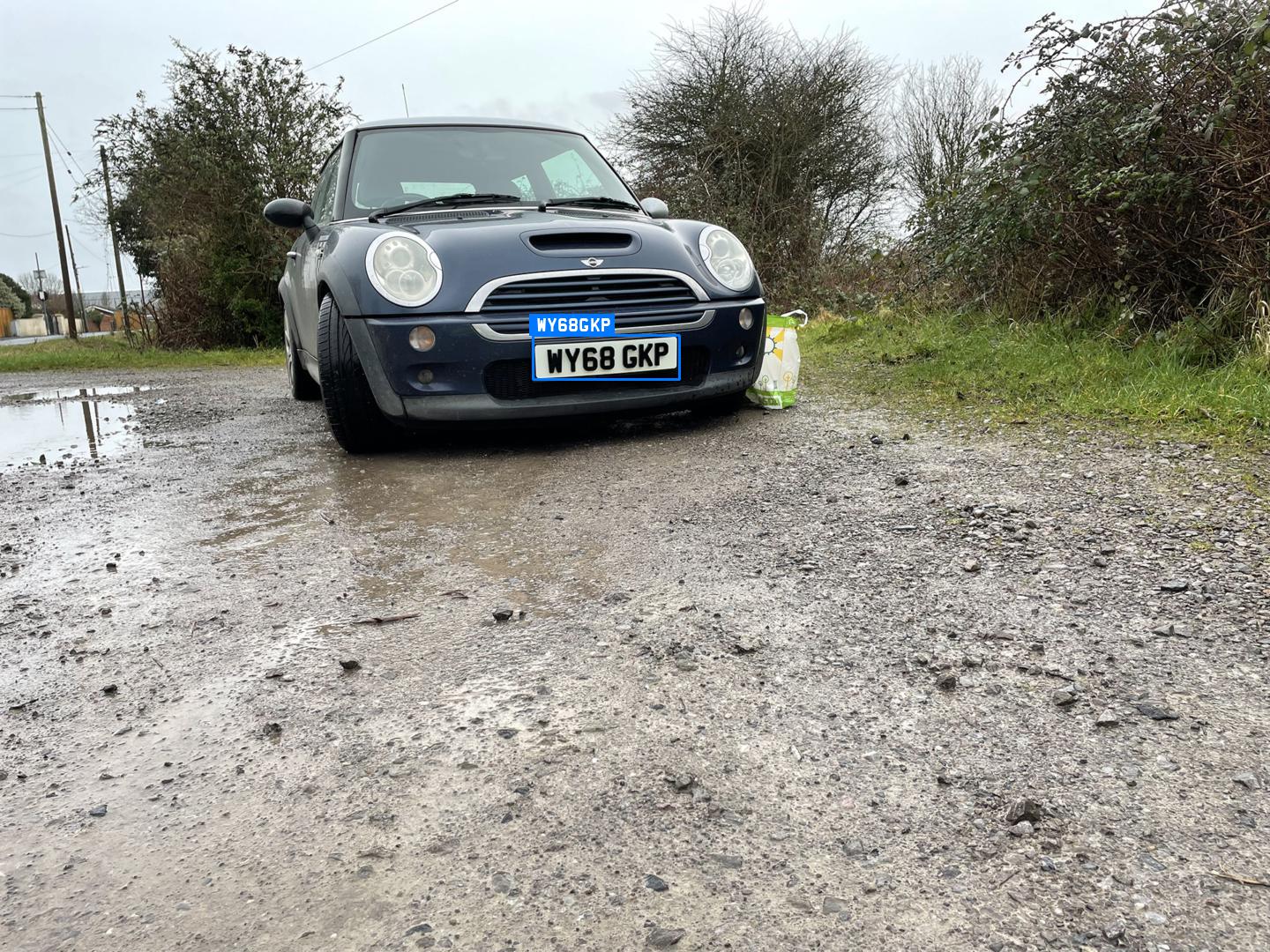 |
No registration plate was found in the first photo, but both the others were fine. So 10 mm and 5 mm performed equally, with one being misread (the 5 mm), and one being unreadable (the 10 mm). While a misread is better than a plate not found, both are equally bad in the real world. You could get locked in a car park, be stopped by the police, or get away with speeding.
I’m still not convinced about the 10 mm characters so decided to snap a load of other photos to see how well they would read on other angles, so I walked around the front of my car pointing my camera and taking photos. Here are the results:
✅ Correctly read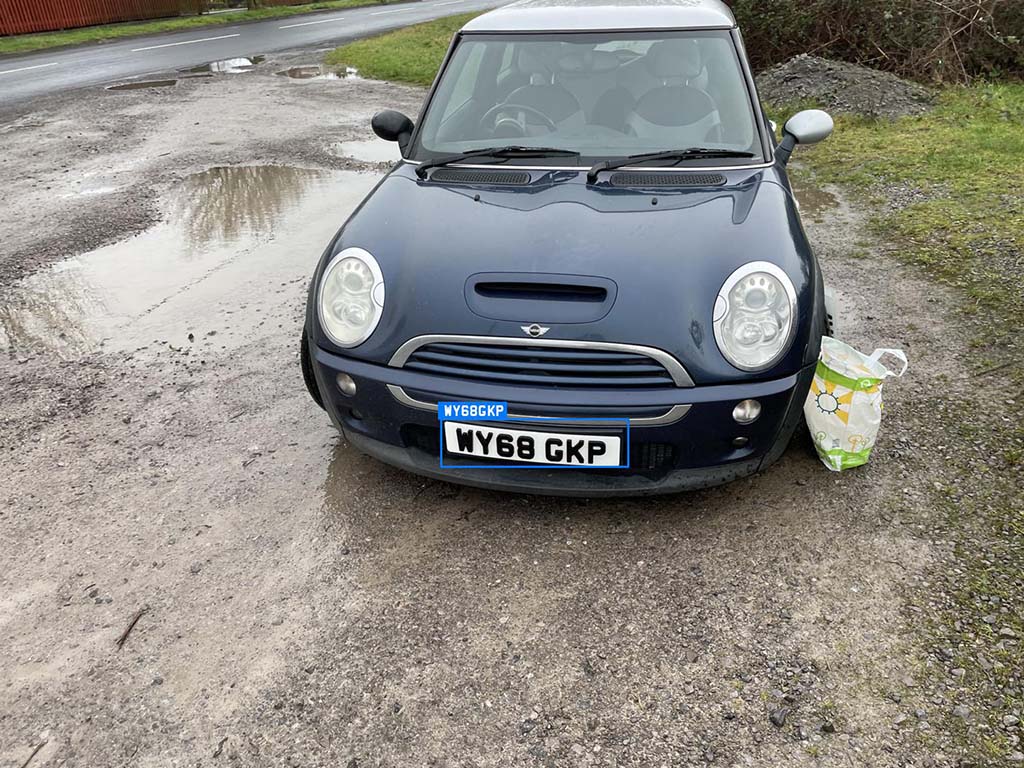 |
❌ No registration plate found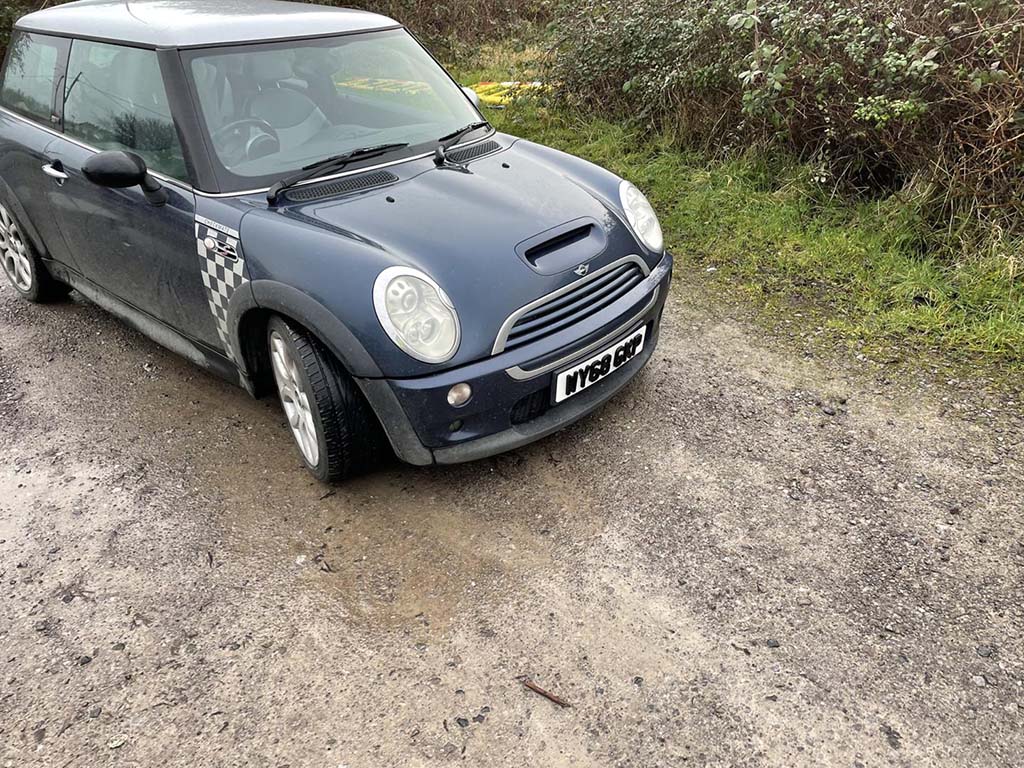 |
❌ Significantly misread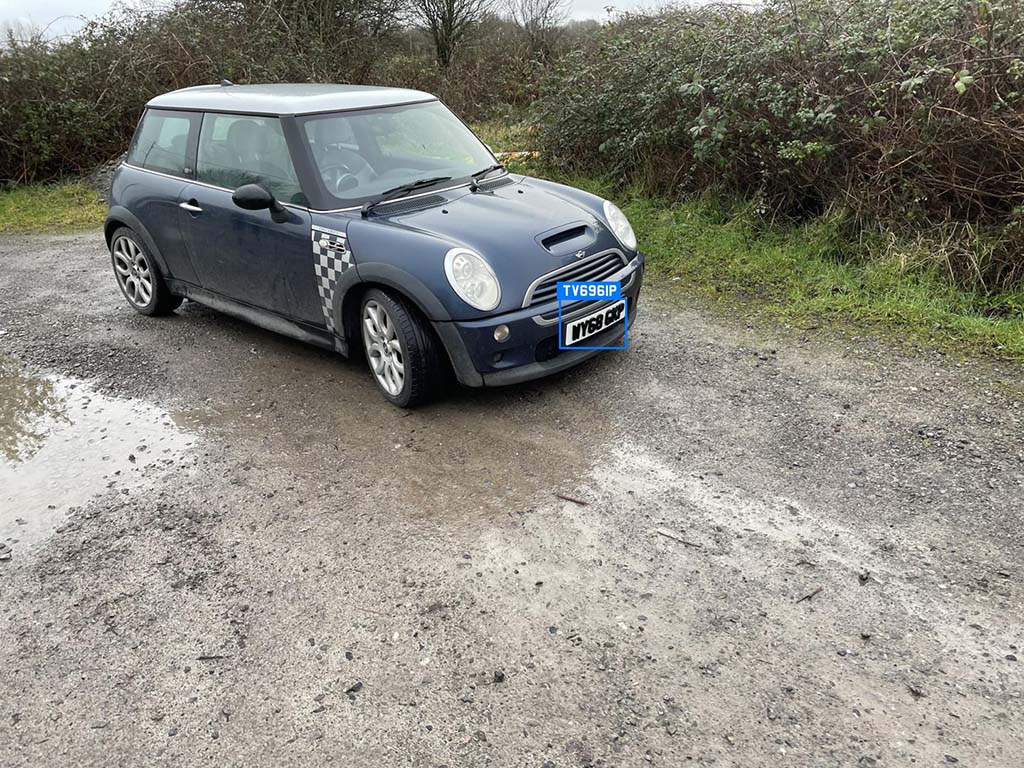 |
✅ Correctly read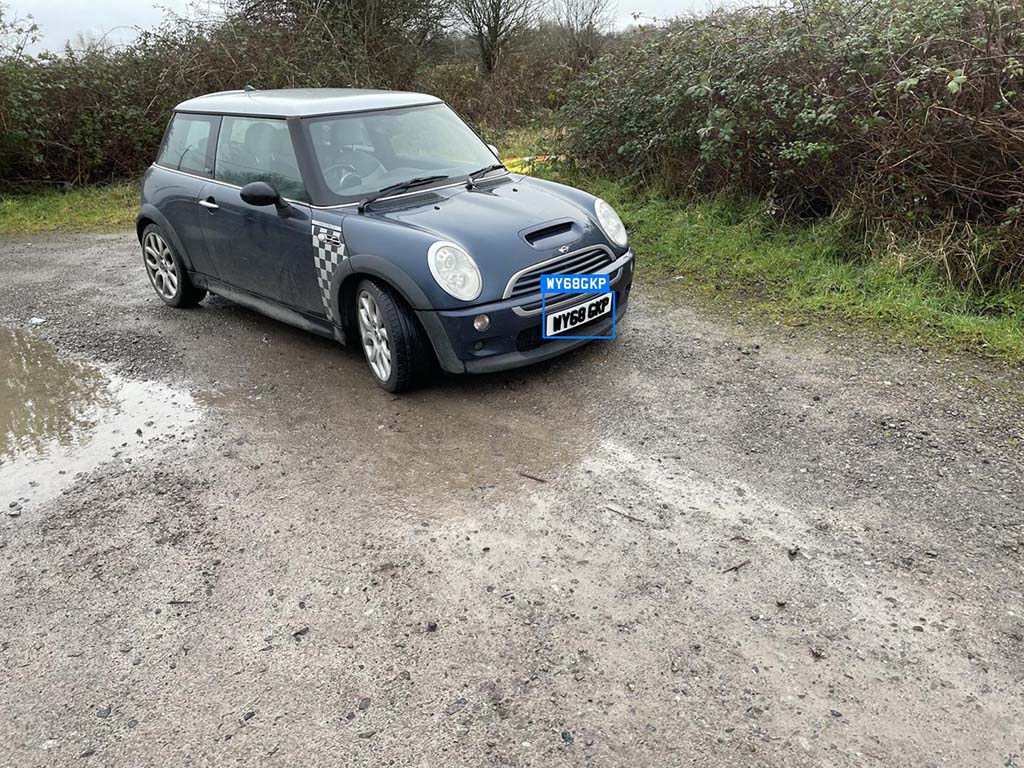 |
✅ Correctly read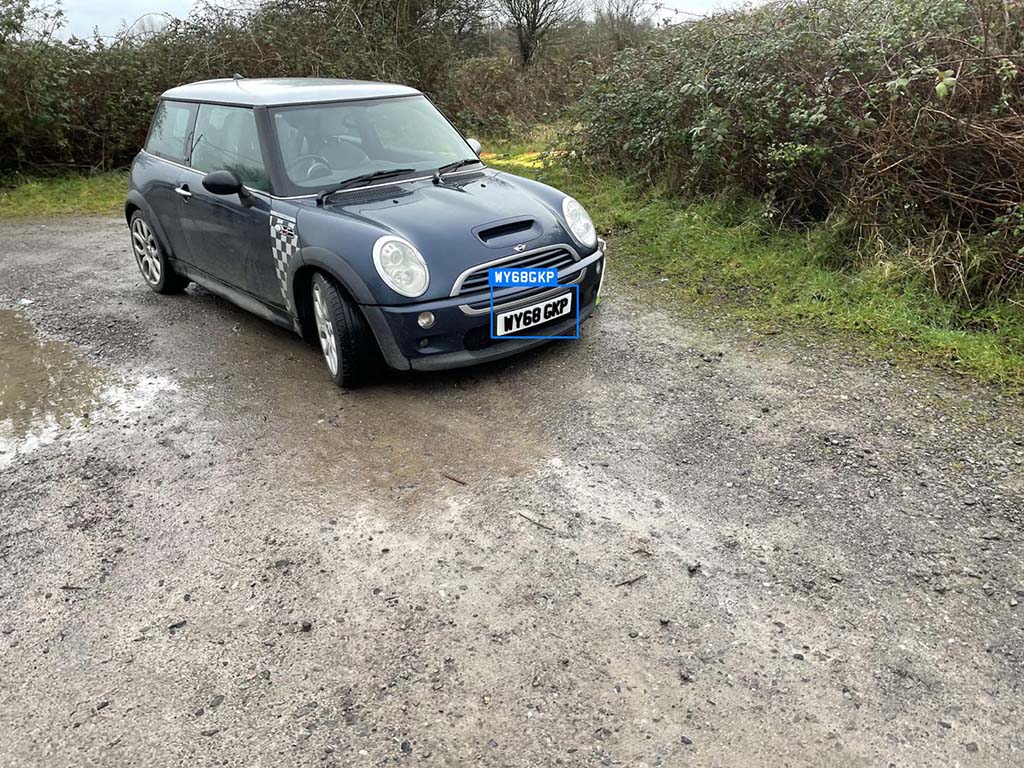 |
✅ Correctly read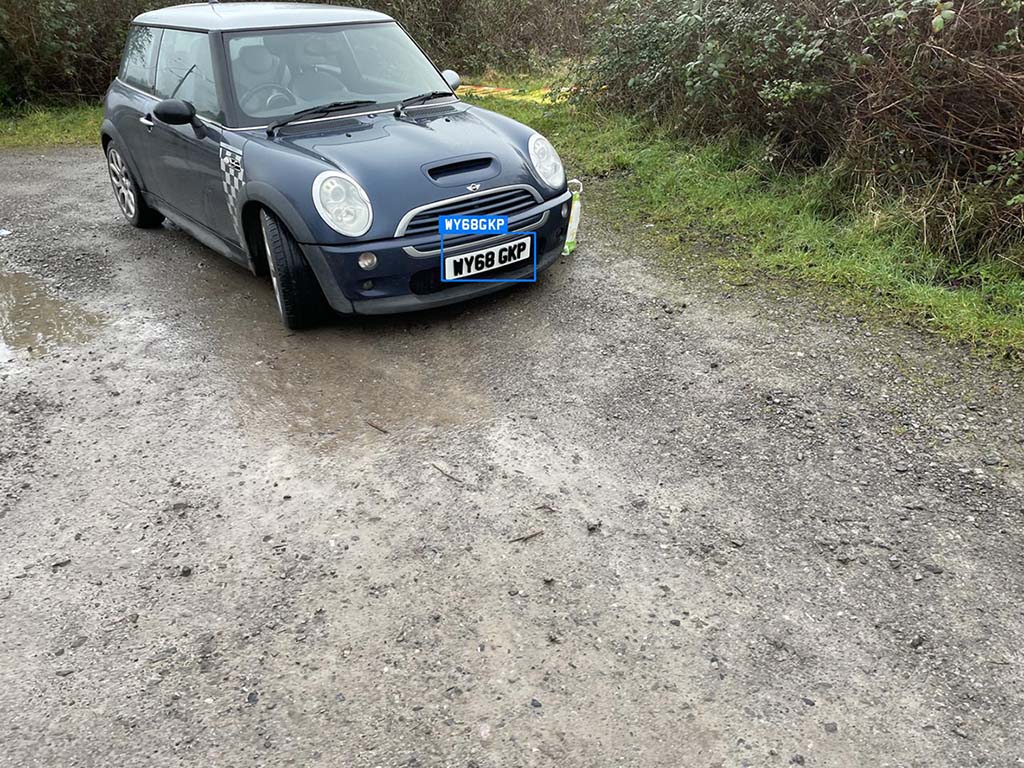 |
✅ Correctly read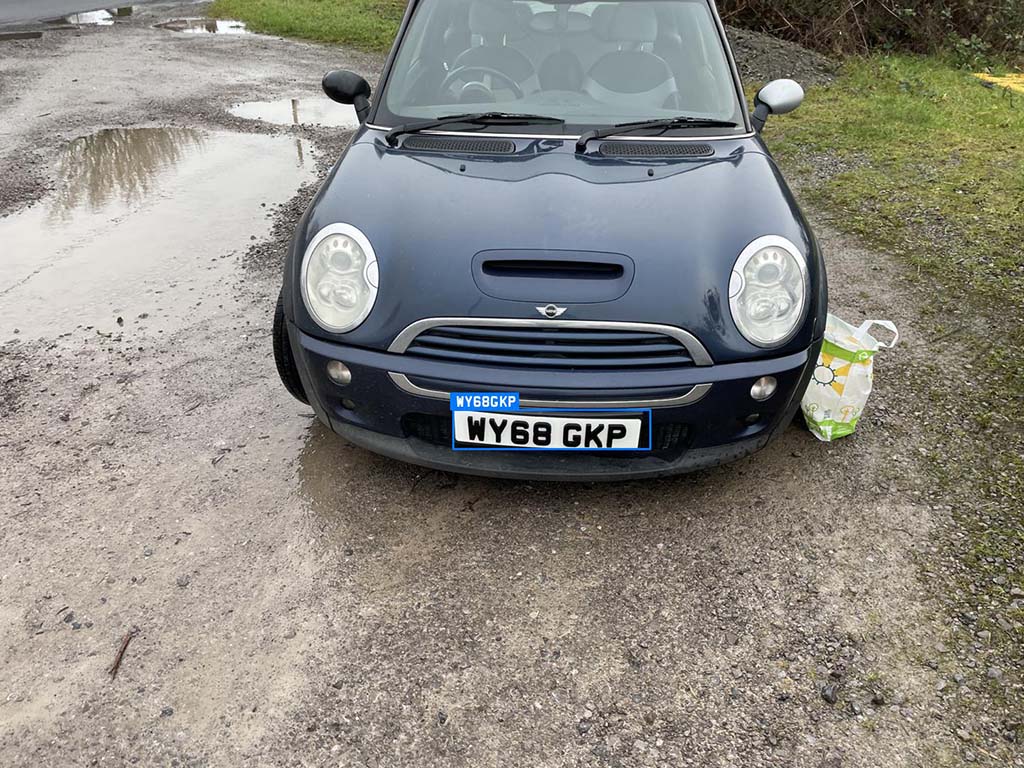 |
✅ Correctly read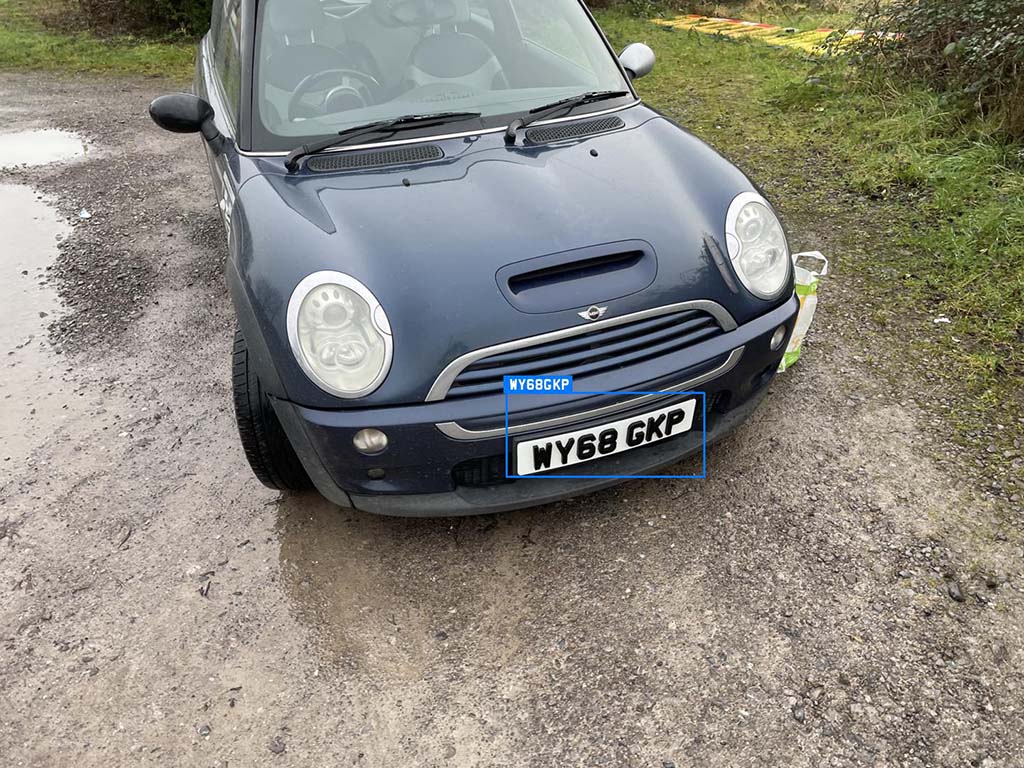 |
✅ Correctly read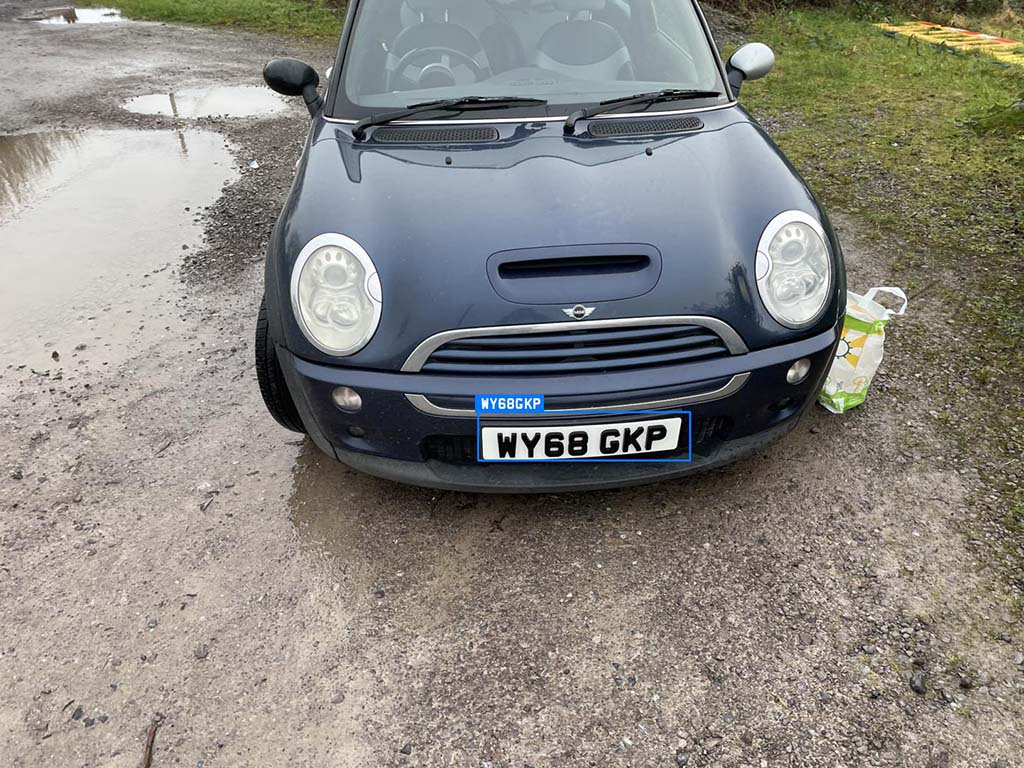 |
✅ Correctly read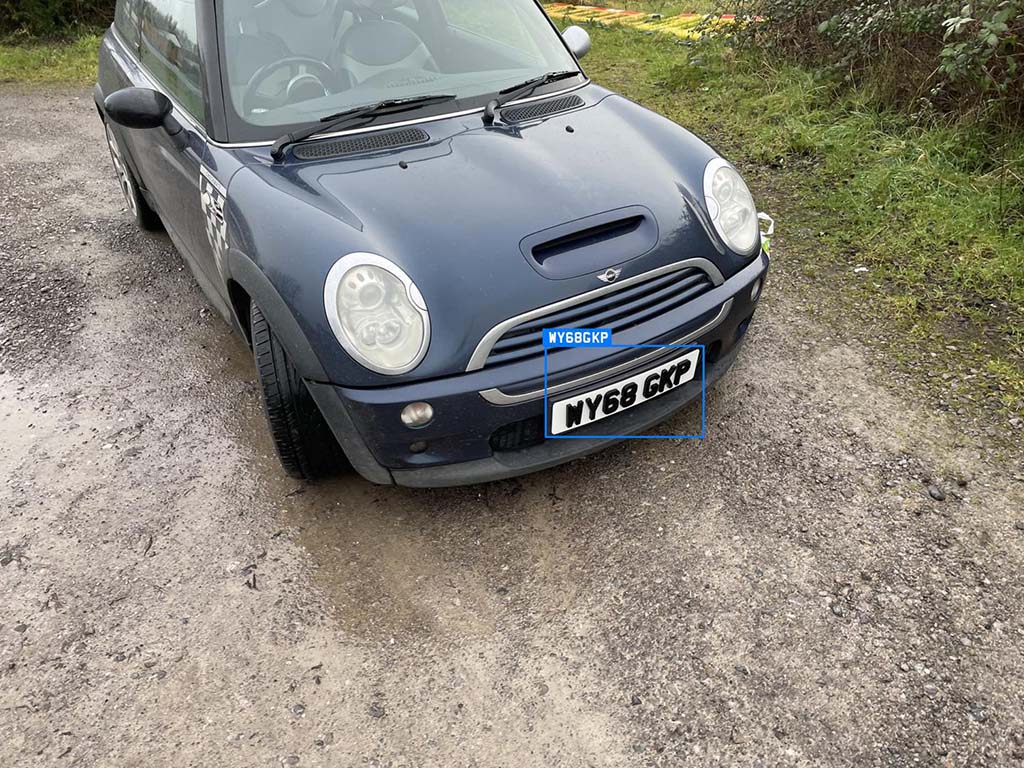 |
❌ Misread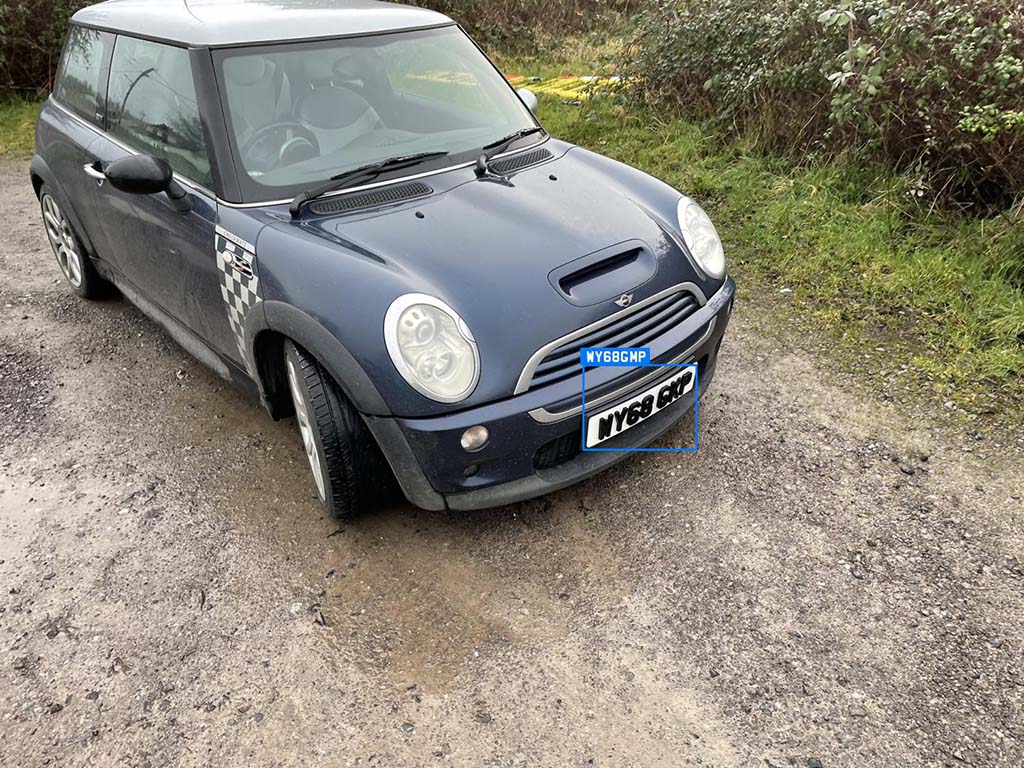 |
❌ No registration plate found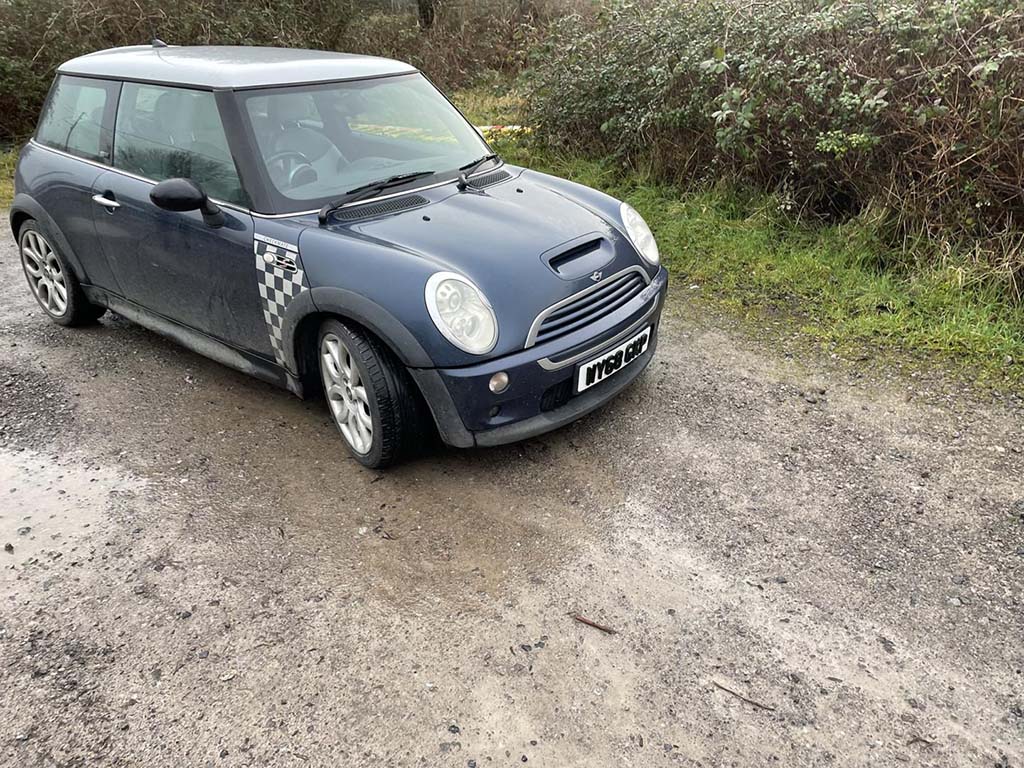 |
❌ No registration plate found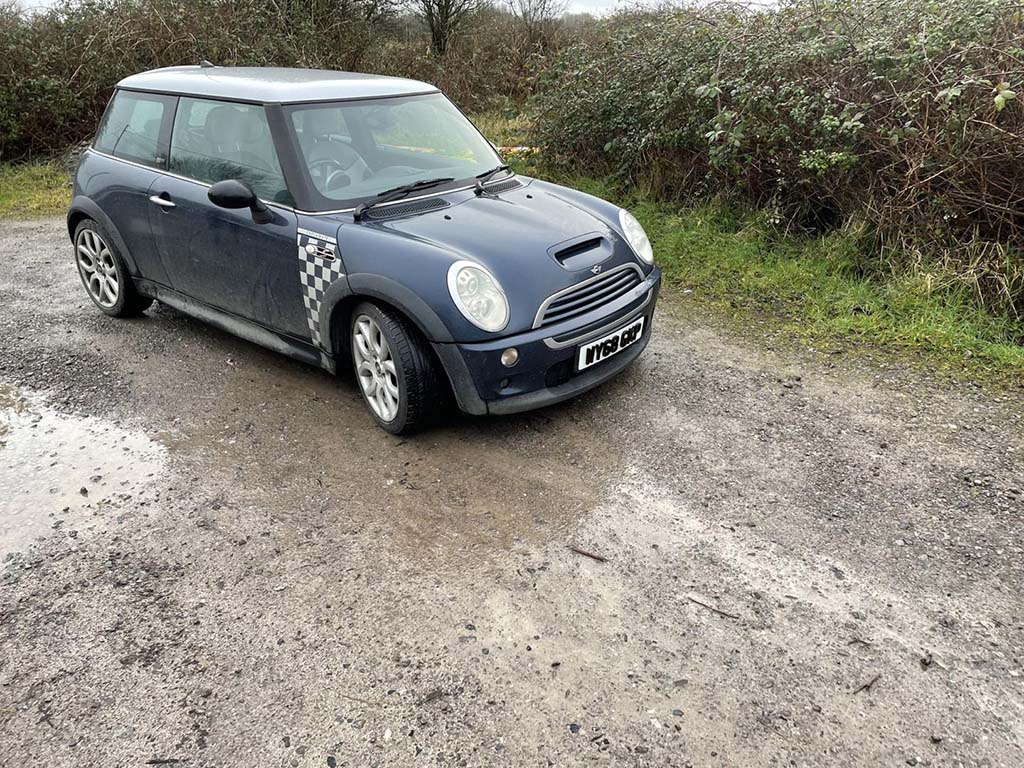 |
Summary
4D number plates are road legal, and in compliance with the British standard. Unfortunately, there are no rules on how thick the characters can be. You may get into trouble if your registration is difficult to read. You could be stopped by the police and asked to remove the plates from your vehicle if they find them to be unreadable. The police can also fine you for driving with illegal plates. There could be unintended consequences elsewhere, like getting trapped in car parks that use ANPR systems.
The ‘safe’ maximum thickness seems to be 5 mm, with 3 mm being ideal. My own (limited) tests indicate 3 mm is more easy to read than 5 mm, and seem to have a readability equal to printed plates. I will be running some more ANPR tests in the future, which will include camera footage of a moving vehicle.